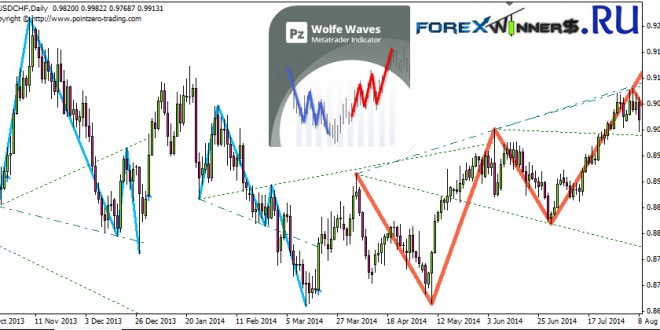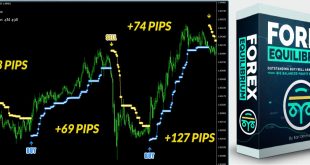PZ WolfeWaves Indicator
Definition of Wolfe Wave
It is a naturally occurring trading pattern present in all financial markets. The pattern is composed of five waves showing supply and demand and a fight towards an equilibrium price. These patterns can develop over short- and long-term time frames such as minutes or weeks and are used to predict where a price is heading and when it will get there.
Anatomy of a Wolfe Wave
If identified correctly, Wolfe waves can be used to accurately predict the scope (equilibrium price) of the underlying security and to anticipate price reversals which are likely to cause big price movements.
To identify Wolfe waves, they must have the following characteristics.
- Waves 3-4 must stay within the channel created by 1-2
- Wave 1-2 equals waves 3-4
- Wave 4 is within the channel created by waves 1-2
- There is regular time between all waves
- Wave 5 exceeds trendline created by waves 1 and 3
How to trade using Wolfe Waves
Wolfe Waves are amazingly easy to trade! The trade must be taken when the price closes above the trendline created by waves 1 and 3, and the last point of the wave should be used as a protective stop-loss.
The PZ Wolfe Waves indicator implements a trading filter which delays the signal until a price-based breakout takes place in the direction of the wave, making trades 99% deterministic and increasing the profit factor.
Because the indicator uses tops and bottoms to draw wolfe waves, the last leg of the wave must always repaint. However, the trading signal is based on the breakout of the trendline created by waves 1 and 3 and therefore trading decisions are deterministic and almost never repaint.
 Forex Winners | Free Download Downlod free trading sysrems , indicators and forex E-books
Forex Winners | Free Download Downlod free trading sysrems , indicators and forex E-books

